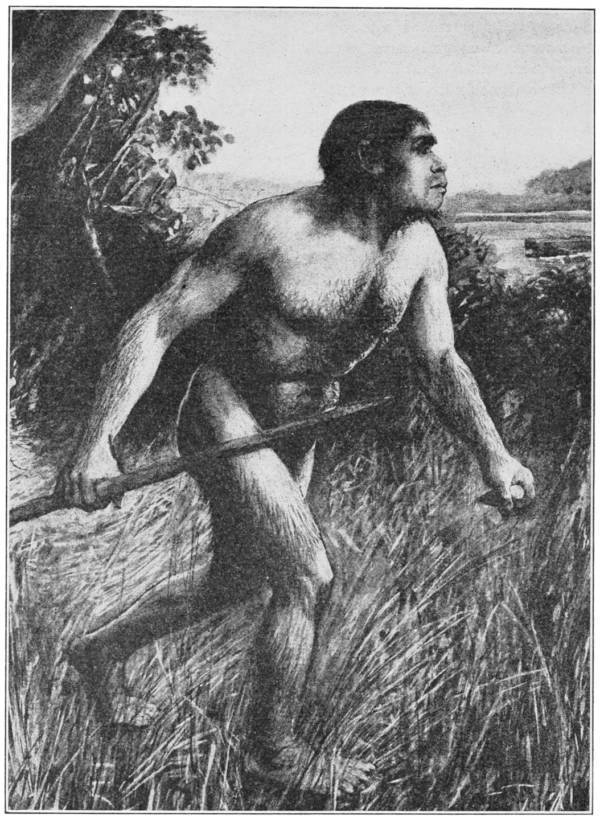Why are we twisting tales?
|
In this unit we are going to be twisting original stories to make our version of them. This is a well known creative tool to inspire our creativity and urge us to write imaginative endings. This website is a good resource to find stories that have uncommon endings. However, when we came up with this unit we wanted you to go a bit deeper: do we need to question the tales we are told? are morals universal? why do we need to have stories that tell us how to behave? are some of the inquiry questions for this unit. To start, here are some examples of bias in stories. Nowadays the western world is debating whether old fairy tales are appropriate for children:
There are many ways to look at this, but the main idea is that you start understanding that every time we tell stories we have an intention and so, every time someone tells us an story there is also an intention behind. In this unit we will break stories into the main elements necessary and we will look at how to write and shot stories to make them entertainment and convincing. However, the intention of all that is that you are able to recognize when a completely well told story could well be a hoax. Have a look at these stories: 1. The Spaghetti Harvest in TicinoThe BBC has always been known for its highly reputable broadcasts, however in 1957 they did a special on a spaghetti tree in Italy. 2. The Piltdown ManThe Popular Science Monthly via Wikimedia CommonsA 1913 rendering of the Piltdown Man from The Popular Science Monthly. It all started when bone fragments of a skull and jawbone were discovered in Piltdown, England, in 1908 and were claimed to be the fossilized remains of an as-yet unknown early human ancestor. For years, esteemed organizations including the Geological Society of London, the Royal College of Surgeons, the journal Nature, and the American Museum of Natural History all fell for the hoax in one way or another. It wasn’t until four decades later, in 1953, that scientists finally had the evidence to prove that the Piltdown Man was a forgery. The teeth were taken from a chimpanzee, the 500-year-old lower jaw was taken from an orangutan, and the skull was from a human from the medieval era. 3. The Loch Ness MonsterHulton Archive/Getty ImagesThe more famous of the two original photos of the Loch Ness Monster, known as “the surgeon’s photograph.” It was taken by Robert Kenneth Wilson and published in the Daily Mail on April 21, 1934. While purported sightings of the strange aquatic beast dwelling in a lake in the Scottish highlands go back to the sixth century, the modern Loch Ness monster craze as we know it started in 1933 when a couple claimed to have seen a 25-foot creature in the lake. Later that year, the Daily Mail hired hunter Marmaduke Wetherell to track down and find the monster. He came back with evidence of footprints, but he was later discovered to have made them fraudulently with a dried hippo’s foot. Still, months later in April of 1934, a British doctor named Robert Wilson came forward with photographic evidence of the mysterious monster. One of his photos in particular (above) has become the most enduring basis of the Loch Ness Monster mythology. 4. The Landing on the MoonAs you can see, if we use the techniques learned in storytelling it is easy to create stories that are convincing and seem true. However, are they always true? |

